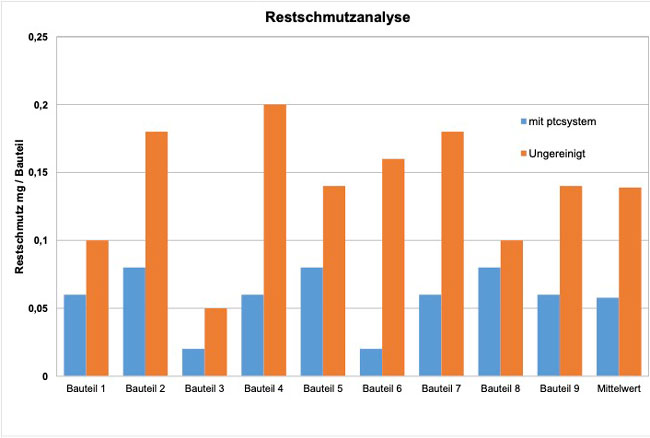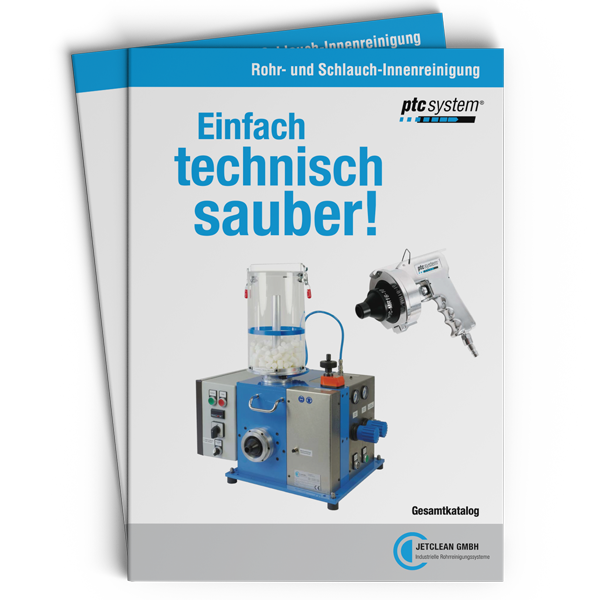Reinigen Sie hydraulische
Leitungen und beugen
Sie vorzeitigem Verschleiß und
Spontanausfällen vor
Unsere bewährte Lösung für die Rohrinnenreinigung
Es gibt viele Gründe für das Reinigen von Industrierohren oder schläuchen mit dem ptcsystem®, zum Beispiel das Trocknen, das Entleeren von Produktleitungen oder das Entfernen von Partikelverunreinigungen.
In Hydraulikflüssigkeiten können feste Partikel schon nach kurzer Zeit zu Problemen und spontanen Ausfällen von Hydraulikanlagen führen. Häufig werden diese Partikel über die Rohr- und Schlauchleitungen in das Hydrauliksystem eingebracht. Das ptcsystem® ist die perfekte Lösung um Hydraulikrohre und Hydraulikschläuche vor der Montage zu reinigen. Mit dem ptcsystem® lassen sich auch Industrierohre aus Kunststoff, Kupfer, Aluminium oder anderen Materialien reinigen.
ptcsystem® Funktionsweise
ptcsystem® Rohrinnenreiniger Produktpalette
Wissenswertes
Die Komplexität hydraulischer Systeme steigt stetig an. Aus diesem Grund kommt der Sauberkeit der verbauten Komponenten eine immer größere Bedeutung zu. Das gilt nicht nur für Pumpen oder Ventile, sondern auch für die Druckleitungen, die sie verbinden. 70 bis 80 % aller Ausfälle gehen auf die Verschmutzung des Hydraulikmediums zurück. Besonders gefährlich sind große Partikel (> 50 µm), die während des Fertigungsprozesses in die Leitungen gelangen. Man spricht auch von Primärverschmutzungen.
Diese Verschmutzungen können bereits unmittelbar nach der Inbetriebnahme einer Anlage zu Initialschäden und Spontanausfällen führen. Außerdem begünstigen Primärverschmutzungen die Bildung weiterer Partikel während des Betriebs. Man bezeichnet sie als Sekundärpartikel.
Durch den Einsatz des ptcsystem® verringert sich die Ausgangsbelastung mit Primärverschmutzungen. Die Wahrscheinlichkeit eines frühzeitigen Ausfalls wird deutlich reduziert und die Lebensdauer wichtiger hydraulischer Komponenten verlängert.
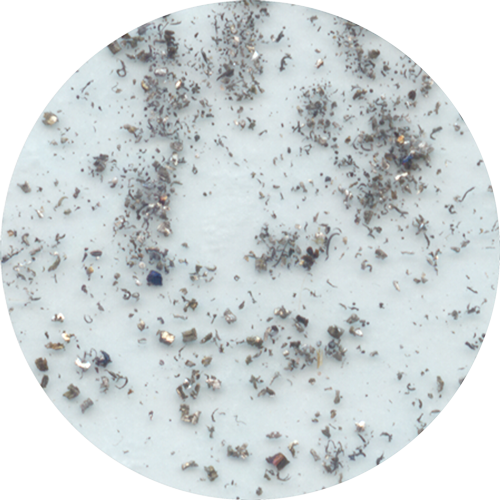
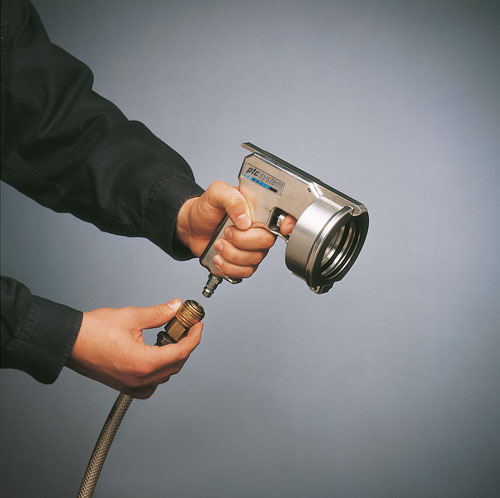
Schließen Sie die ptcsystem® Pistole an das Druckluftnetz oder eine Pressluftflasche an.
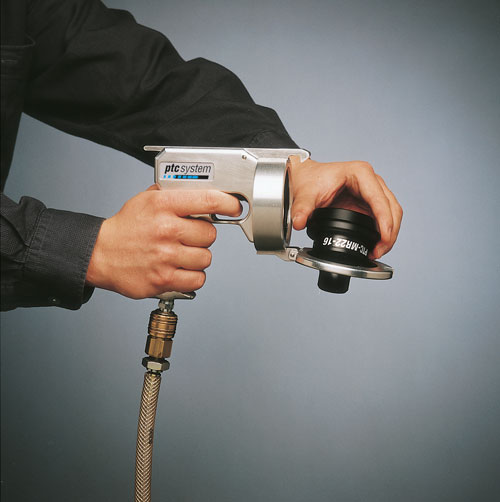
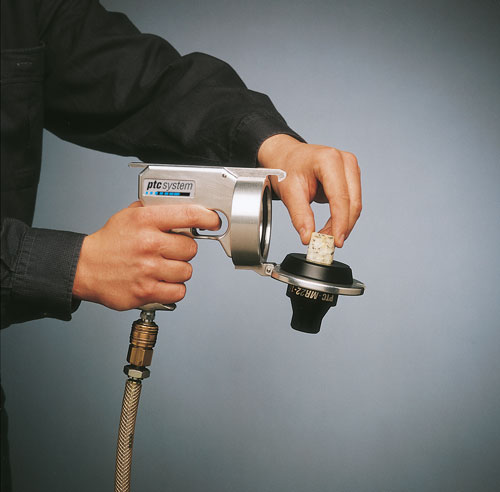
Wählen Sie ein Reinigungsprojektil aus und legen Sie es in das Mundstück ein. Um die Auswahl zu vereinfachen, bezeichnen wir die Reinigungsprojektile nach dem zu reinigenden Innendurchmesser.

Rohr
Die Reinigung von Rohren erfolgt nach dem Schneiden, Biegen und ggf. der Schneidringvormontage. Entgraten Sie das Rohr gründlich. In der Regel reicht ein Reinigungsvorgang aus. Bei Bedarf kann die Reinigungswirkung mit einem zweiten Reinigungsprojektil noch verbessert werden. Um festere Rückstände oder Rost zu entfernen, verwenden Sie die Abrasiv- oder Korundprojektile. Nach dem Einsatz von Korundprojektilen immer mit einem Standardprojektil nachreinigen.
Schlauch
Reinigen Sie den Schlauch nach dem Schneiden und vor der Einbindung. Sie erhalten so ein optimales Reinigungsergebnis und verhindern, dass Schmutz am Querschnittsübergang zwischen Armatur und Schlauchinnenwand hängen bleibt. Schneiden Sie den Schlauch mit einer geeigneten Vorrichtung, um die Schmutzmenge zu minimieren. Entfernen Sie einen möglicherweise entstandenen Gummigrat. Das Schlauchmundstück taucht einige Millimeter in den Schlauch ein. Wir empfehlen daher die Reinigung von beiden Seiten.
Schlauchleitungen
Manchmal lässt es sich nicht vermeiden, die schon eingebundene Schlauchleitung zu reinigen. Zum Beispiel nach einem Schaden an einer Hydraulikpumpe. Verwenden Sie hierzu die konischen Schlauchmundstücke und unsere Flex-Projektile. Wählen Sie das Mundstück aus, dessen Spitze in die Armatur passt. Das Projektil wählen Sie mindestens so groß wie die Nennweite des Schlauches. Testen Sie vorab, ob sich das Projektil durch das ausgewählte Mundstück verschießen lässt.
Rohrbündelwärmetauscher
Verwenden Sie für die Reinigung eines Rohrbündels ein konisches Mundstück. Bei einer nach hinten versetzten Lochplatte empfehlen wir ein verlängertes Sondermundstück. Sie erreichen so auch die äußeren Rohre der Lochplatte. Befindet sich der Wärmetauscher bereits im Einsatz, verwenden Sie Abrasiv-Projektile, um zum Beispiel ein Biofouling zu entfernen. Komplett verschlossene oder mit harten Ablagerungen verschmutzte Wärmetauscher lassen sich mit dem ptcsystem® nicht reinigen.
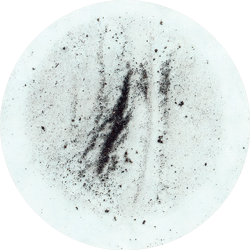
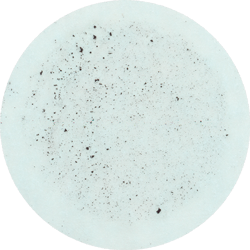
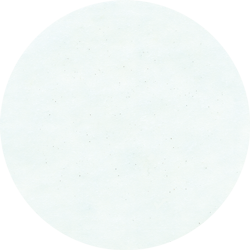
Die Sauberkeit technischer Bauteile wird häufig mithilfe einer gravimetrischen Analyse ermittelt. Hierbei werden die dem Bauteil anhaftenden Partikel mit einer Flüssigkeit extrahiert. Die Flüssigkeit wird gefiltert und das Filterpapier anschließend gewogen. Als Ergebnis erhält man das Gewicht der Restverschmutzungen in mg. Ergänzt man die Analyse durch eine mikroskopische Untersuchung, können auch Angaben über die Größenverteilung und das Material der Partikel gemacht werden. Methoden zur Extraktion, Analyse und Dokumentation werden z. B. in der VDA Richtlinie 19 geregelt.
Die zulässige Partikelbelastung ergibt sich aus der Komplexität des Hydrauliksystems und den verwendeten Komponenten. Häufig existieren auch Werksnormen, die die maximale Anzahl, Größe und das zulässige Gewicht der Partikel definieren.
Das Reinigungsergebnis ist abhängig von vielen Faktoren, wie der Größe der Leitungen und der vorhandenen Vorverschmutzung. Im Zweifel kann eine Restschmutzanalyse durchgeführt werden. Grundsätzlich gilt bei den Anforderungen an die Technische Sauberkeit die Regel: So sauber wie nötig, nicht wie möglich.
Wir beraten sie gerne.
